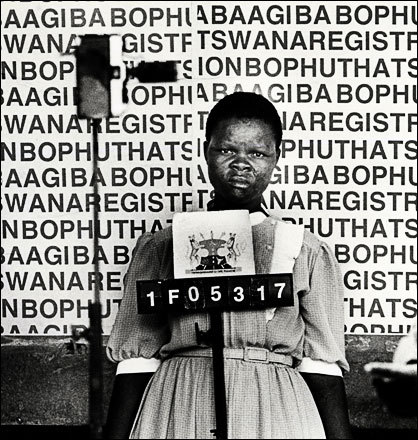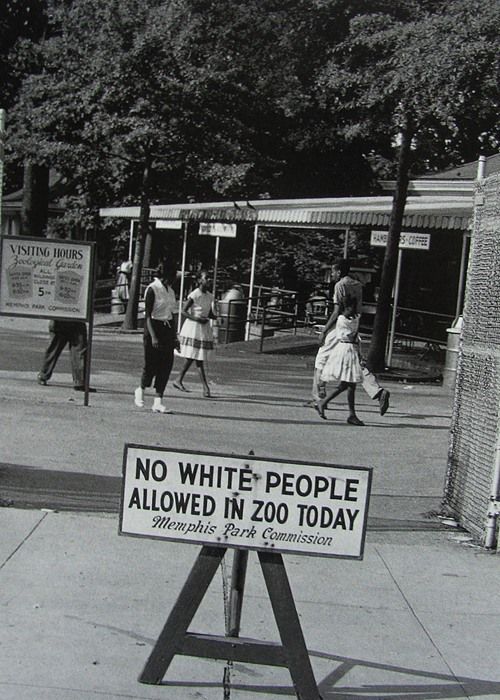
As reported in BET Global News, "Breakdown: Apartheid vs. Jim Crow: A quick, comparative look at apartheid and Jim Crow — two of the most insidious social systems the world has seen," by Naeesa Aziz, on 6 January 2012 -- For both the nation of South Africa and the world at large, the African National Congress’s centennial celebrations represent much more than a special date on the calendar. The ANC’s miraculous staying power shows all people that a popular movement can be effective in bringing a morally corrupt system to its knees.
The pervasive racism, discrimination and degradation faced by Blacks and other ethnic minorities under the apartheid system was not unlike the segregation and intimidation faced by African-Americans in the Jim Crow south. Here, BET.com takes a look at some of the frightening similarities between the two systems.
A Comprehensive System
Many of us are already familiar with the kind of state laws that composed what is known as the Jim Crow system of segregation that kept Blacks from fully participating in public and civic activities and relegated African-Americans to substandard conditions at work, school and even in the home.
Although neither group fared better, Blacks in South Africa were under the clutches of an overt, national policy of racism and segregation implemented by the country’s highest level of government.

Civil and human rights abuses of Blacks in South Africa at the hand of the country’s white minority occurred long before apartheid officially began, but the system’s official start brought strict, sweeping laws such as the rule that all persons in South Africa to be categorized as white, Black, colored and Indian, without exception. Like in the U.S. during Jim Crow, Blacks and whites were not allowed to marry and sexual relations between members of different races was a criminal offense.
While both nations used prohibitive laws to keep Black populations concentrated in certain impoverished areas, South Africa effectively stripped Blacks of their national citizenship and set up ‘Bantustans’ or independently governed homelands that Blacks were forced to inhabit in order for the government to achieve a white majority in ‘true’ South Africa. Further, in efforts to prevent Blacks from moving out of the homelands, the government enacted pass laws, which required all Blacks to carry identification documents and also prohibited unemployed Blacks from entering the main cities of South Africa.

Education
In both countries, students were forced to attend different schools, with Blacks attending inferior institutions lacking the same resources as white schools. In South Africa, however, the state devised a complete separate set of educational materials for Black students designed to ensure that Blacks were only educated enough to work low-level jobs. The government also attempted to impose the Afrikaans language on the Black students and were met with fierce resistance when students refused to swap their native tongues for the Dutch language.

Reform
In America, Jim Crow was legally banished by laws such as the Civil Rights Act of 1964 and the Voting Rights Act of 1965; in addition to seminal Supreme Court Cases like Brown v. Board of Education (outlawing segregation in education) and Loving v. Virginia (ending race-based marriage legislation). However, South Africa’s response to eradicating apartheid was much different. Rather than adding or amending existing laws, South Africa completely rewrote its national constitution to reflect the new multi-cultural values of the post-apartheid nation. The ANC, under Nelson Mandela’s leadership, was involved in the negotiations between the majority-white government and community leaders from all races to draft the new constitution. [source: BET Global News - Your source for Black news from around the world, including international politics, health and human rights, the latest celebrity news and more.]


Rest in peace apartheid.... Thixo wase George Goch!
ReplyDelete